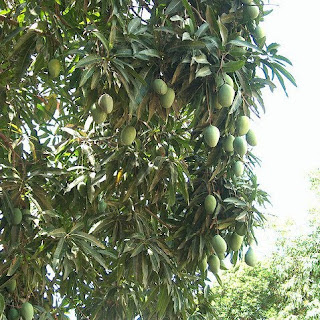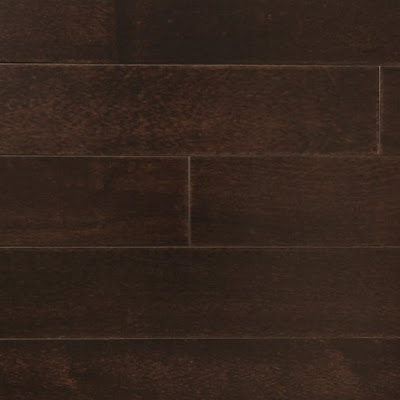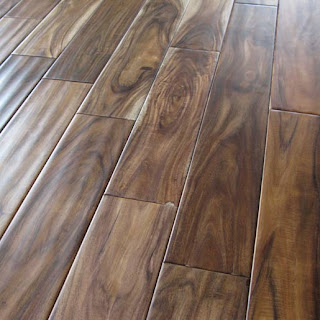Welcome back to Fantastic Floor Presents! As you may recall, the last installment of the series looked at the French Connection line of white oak flooring. This week we're headed to warmer climates to take a look at an up-and-coming sustainable hardwood species: Mango Wood!
If you've got your finger on the pulse of the hardwood industry, you've probably heard that mango wood is giving bamboo and hemp a run for its money as the poster child for fast-growing, sustainable wood. It only takes seven to 15 years for mango trees to reach a height that makes harvesting their fruit difficult, about 90 - 100 feet. Once they reach this height mango farmers can replace the barren trees for newer ones and sell the wood from these trees for extra income. This model of sustainable mango farming makes sure no part of the tree goes to waste.
Mango hardwood flooring is similar in hardness and density to domestic hardwood varieties such as ash and cherry. Its heartwood and sapwood can contain a true variety of colors, including light and dark browns, yellows, and streaks of pink and black. The grain patterns in mango wood flooring are also very diverse, from jagged to curly. The wood tends to have a fine-to-medium texture.
Mango hardwood isn't only used for flooring. Its color variety and differing grain patterns have also made it a popular choice for furniture and turnery applications. It is even used in Hawaii in the production of high-end ukuleles!
Want to learn more about the vibrant and sustainable mango wood flooring products available at Fantastic Floor? Give us a call at 888-448-9663 or send us an email at customer.service@fantastic-floor.com. We look forward to hearing from you!





